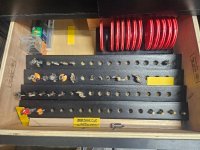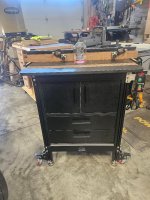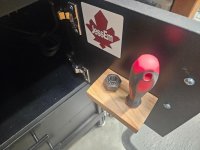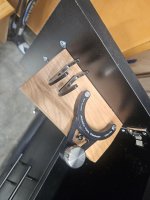luvmytoolz
Member
I've used large 3PH shapers at work and numerous router tables over the years, for me the router tables are a much more agile and efficient way of working for constantly changing conditions and requirements. Plus as noted prior, it can be done very economically.
I will also add that when things go wrong with a shaper, I think they have more potential to have disastrous results than a router table.
I will also add that when things go wrong with a shaper, I think they have more potential to have disastrous results than a router table.




